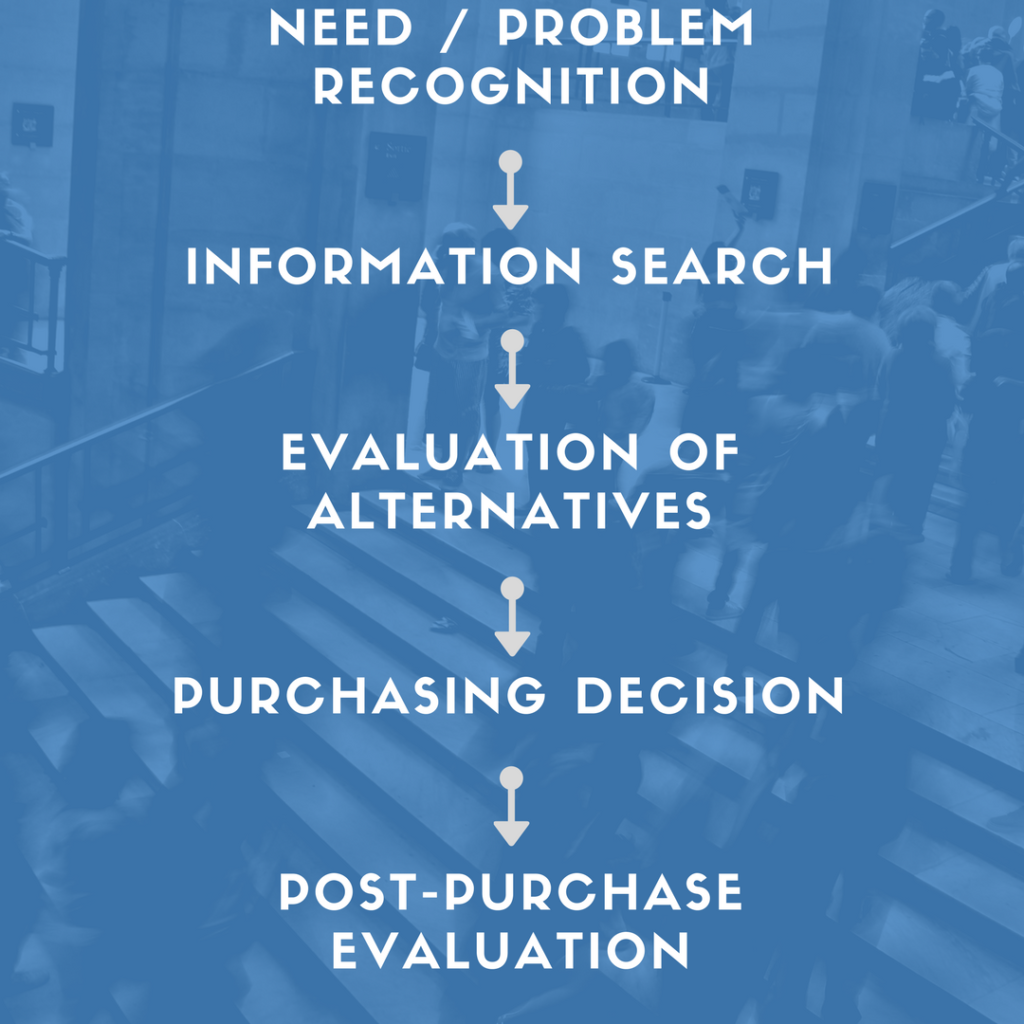Post by Nick Armstrong of WTF Marketing.
You wouldn’t know it by their reputation, but superstitions are actually a very useful marketing tool.
I’m serious.

Superstitions teach us through veiled threats of impending doom about the hidden dangers that surround us, the value of everyday objects, and “common sense” better than perhaps even a first-hand recount of a bad experience.
Superstitions are also insanely pervasive, because science!

 After only four years in existence, Zynga is already
After only four years in existence, Zynga is already  We’re told to be polite, earnest, and respectful. However, as we’ve learned from Reality TV, face slaps and unfiltered emotions are often more engaging than polite interaction. Micro-blogger
We’re told to be polite, earnest, and respectful. However, as we’ve learned from Reality TV, face slaps and unfiltered emotions are often more engaging than polite interaction. Micro-blogger 

